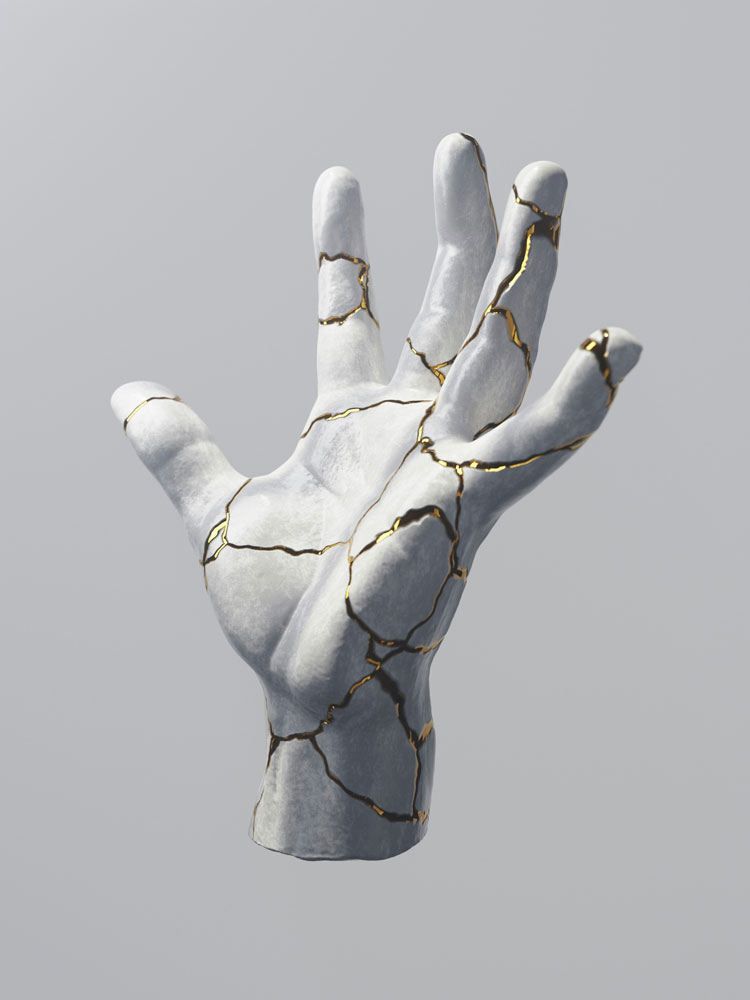There’s a fascinating technique in Japanese pottery called kintsugi – the art of repairing broken ceramics with gold. Instead of hiding the cracks, the artisan fills them with lacquer mixed with metals like gold or silver. The philosophy is simple: the breakage becomes part of the object’s history, making it even more beautiful.

Professional mistakes can often feel like cracks – obvious, uncomfortable, and best smoothed over as quickly as possible. But what if, like in kintsugi, we treated those mistakes not as flaws to disguise, but signs of growth?
For Personal Assistants and Executive Assistants, whose roles are often high-stakes and low-margin for error, failure can feel devastating. One mis-booked flight, or calendar clash can truly feel like the end of the world. But the key to becoming a truly exceptional PA or EA isn’t in never making mistakes, but in what you do next.
Introducing the concept of failing forward.
The Art of Owning It
The instinct to hide a mistake is human. But in the world of top tier PAs and EAs, where trust and transparency are vital, concealing an error can cost far more than the error itself.
Whether it’s double-booking a meeting or sending a sensitive email to the wrong recipient (yes, it happens), the first step is to take ownership in a way that is quick, calm, and professional. When you acknowledge an error with clarity and composure, you demonstrate maturity, accountability, and emotional intelligence – all essential qualities for PAs and EAs operating at high levels.
Reframing Failure

Not every mistake will be recoverable in the moment – some might even feel like professional disasters. But reframing failure as a learning opportunity can help to shift the narrative. What if the error in your boss’s travel itinerary wasn’t a mark of incompetence, but a nudge towards a more effective and thorough system? What if forgetting to prepare a briefing wasn’t a significant oversight, but a wake-up call to be more honest with yourself about how much you can feasibly take on?
- Zoom Out: Ask: “Is this a one-off, or part of a pattern?” A one-off scheduling mix-up isn’t something to lose sleep over. But a recurring issue with time management could indicate that your current process needs a rethink.
- Flip the Script: There’s a simple reframe that can help: instead of asking “how could I have made that mistake?” ask, “What is this mistake teaching me?” While the former question leads to guilt, the latter leads to growth.
- Name the Opportunity: Every mistake holds one. The opportunity might be to introduce a new tool, create a checklist, or simply slow down. When you name the opportunity, you claim the learning.
This mindset shift takes practice – especially in PA and EA roles where you are expected to be the steady hand behind the scenes. But the more often you reframe, the more resilient and resourceful you become.
Building a Reflection Ritual

Here’s a framework you could use in under 10 minutes:
What happened? Be factual and specific. Avoid blame and focus on the events.
What was the impact? Was it inconvenient or mission-critical? Understanding the scale helps you respond proportionately.
What was the root cause? Process? Pressure? A miscommunication?
What will I do differently next time? This is your gold seam – the new behaviour or system that will make you stronger.
Whether it’s as simple as asking for extra help, getting a second pair of eyes to check over your travel itineraries, or as structural as changing the way you prepare for meetings, the goal is always the same: turn the lesson into action.
Creating a Culture That Makes Room for Mistakes
If you’re a Director or Executive working closely with a PA or EA, this part is for you: the way you respond to mistakes sets the tone for how they are handled. When every mistake is met with disproportionate frustration or criticism, PAs and EAs are less likely to be transparent when they do slip up.
Even the best EAs and PAs are, to some degree, a product of their environment. They excel because they are empowered to. This means knowing they can say “I messed up” without it becoming a character indictment. It means mistakes are met with a mindset of “what can we learn? What can we change?” instead of a harsh barrage of criticism.
When your PA or EA feels comfortable enough to be honest about a slip up, what they’re really saying is: “You can trust me to tell the truth”. That kind of honesty is gold in any working relationship.
To cultivate that trust and create a culture where mistakes become opportunities for growth, as a PA/EA, you can:
Organise post-mistake check-ins. After an error, ask for five minutes with your Boss or Manager to review what happened, what you’ve learned, and what’s changing. It reframes you as proactive and reflective, not reactive.
Talk to other PAs and EAs. Share strategies, tools and even your “worst day ever” stories. It helps to remind you that you’re not alone – everyone makes mistakes sometimes.
The Golden Seams

To circle back to kintsugi, the broken bowl doesn’t try to erase its past or pretend it never shattered. Instead, it turns each crack into something precious. PAs and EAs don’t need to be perfect to be exceptional. In fact, some of the strongest, sharpest, and most strategic professionals we know have built their success not in spite of mistakes, but because of how they handled them.
So, next time something goes wrong – and it will – pause before the panic. Repair, reflect, and reframe your mistake.
